Every year, the International Football Association Board (IFAB) reviews possible changes to the Laws of the Game (LOTG). Their decisions are often in response to trends or unique events in professional matches, and often do not apply to AYSO matches. The goal of the IFAB is to keep the game equitable, safe, and enjoyable.
The AYSO National Referee Council believes one of the ways we continue to deliver a quality referee program, is to emphasize continuing education for our referees, instructors, and assessors. Each year, when the IFAB modifies the LOTG, the National Referee Council engages to review and update all of our training materials and supporting documentation, ensuring that we are aligned with the new laws and any changes to our AYSO National Rules and Regulations.
This year, the six changes are minor, and only two have any impact on AYSO games.
Law 8 now states, “the referee tosses a coin”, a coin toss is conducted at the start of a match, and for extra time (if needed). The referee has always been responsible for the coin toss and now it explicitly states this.
Law 14 now requires the defending goalkeeper, to have at least part of one foot touching in line with, or, behind the goal line at the taking of a penalty kick, or when the ball is kicked from the penalty mark. The IFAB believes there is no unfair benefit gained, with a foot positioned behind the goal line so it should not be punished.
The next three could apply to our program, but the events will be rare.
Law 10 added that a player, substitute, substituted player or team official (coach) may be cautioned or sent off during kicks from the penalty mark.
Law 12 added, “If the referee stops play for an offense committed by a player, inside or outside the field of play, against an outside agent, play is restarted with a dropped ball unless an indirect free kick is awarded for leaving the field of play without the referee’s permission; the indirect free kick is taken from the point on the boundary line where the player left the field of play.” This is a finer point of the laws that we at the youth recreation level may never see.
Law 12 also added, “where a player denies the opposing team a goal or an obvious goal-scoring opportunity by a handball offense, the player is sent off wherever the offense occurs except a goalkeeper within their penalty area.” Goalkeepers are allowed to use their hands to play the ball within their own penalty area, and this was added to avoid misinterpretation of the laws.
The sixth change does not apply to AYSO.
Law 3 now allows up to a maximum of five substitutions with a maximum of three substitution opportunities. At the professional level there has been an increase in muscular injuries from a lack of recovery time between matches. In AYSO, we will continue to use our four substitution opportunities with returning substitutes.
These law changes went into effect on July 1, so please be sure to review and apply them prior to your first match this fall. Your region should offer an Annual Review for returning referees prior to the start of the fall season. This is a good event for reviewing the laws, and reconnecting with your referee community, so please consider attending.
Please also make sure to bookmark our Referee Page on AYSO Volunteers for all updated information: https://aysovolunteers.org/welcome-to-refereeing/ and for a copy of the Summary of Changes, click here for a downloadable PDF.
To purchase your own copy of the LOTG 2022-23, please click here for more information.







